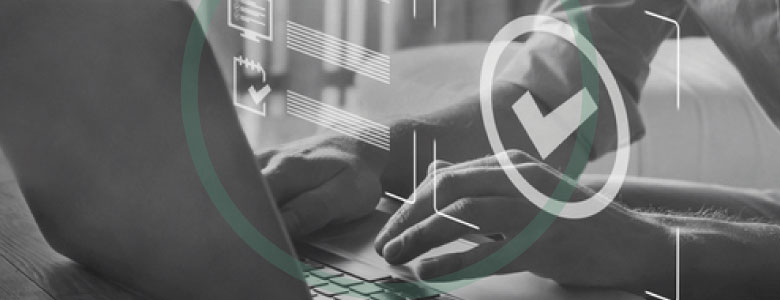“But what do they actually do?!”
It’s a question we’ve all asked in frustration at some point but it’s a real consideration in the context of a team going through change. And it’s even more important in the virtual world we now find ourselves working in.
We know that role clarity leads to high performance. A team member needs to be able to say, “I know what my role is” AND “you know what my role is” AND “we are in agreement”.
But clarity, is often where change gets stuck.
I recently worked with a team who were undertaking their first reorganisation in a long time. New jobs were being created and needed to be defined.
Their leader wanted everyone to be clear about their role and to make sure they understood what was expected of them in the new world. Human centred design seemed liked the logical place to start.
Collective understanding
Our first step, using experience diagramming involved mapping a journey that showed cross functional teams coming together to define the new experience for their stakeholders.
We put their ‘customers’ at the centre, and used ‘scenarios’ as the body of research, which enabled teams to talk deeply about who does what, when, and how the work gets done.
The output from the experience diagram was a role-specific group discussion - a rich conversation about what skills and capabilities are needed and what each person brings to the team.
Shared role clarity for change
Our second step involved using a visual medium, the ‘Pitch Poster’, to describe the elements of each role. This gave the team structure in a creative and unique way.
Saying something out loud often helps you to know if an idea makes sense. It’s the same for describing a new role.
Using think aloud testing, we asked the teams to ‘pitch’ their role, using the Pitch Poster, to their colleagues, their leader and a few friendly business stakeholders. The result was a real discussion for change.
Cheerleaders for change
Finally, we invited broader stakeholders to hear the pitches so they could get firsthand experience of the change and become the advocates.
The team were initially a little anxious that we had invited a Board member to join in the session. The value was soon realised when at the conclusion of the session, this stakeholder stated, “Now that we get what the change is, let us know if anyone gets in your way.”






